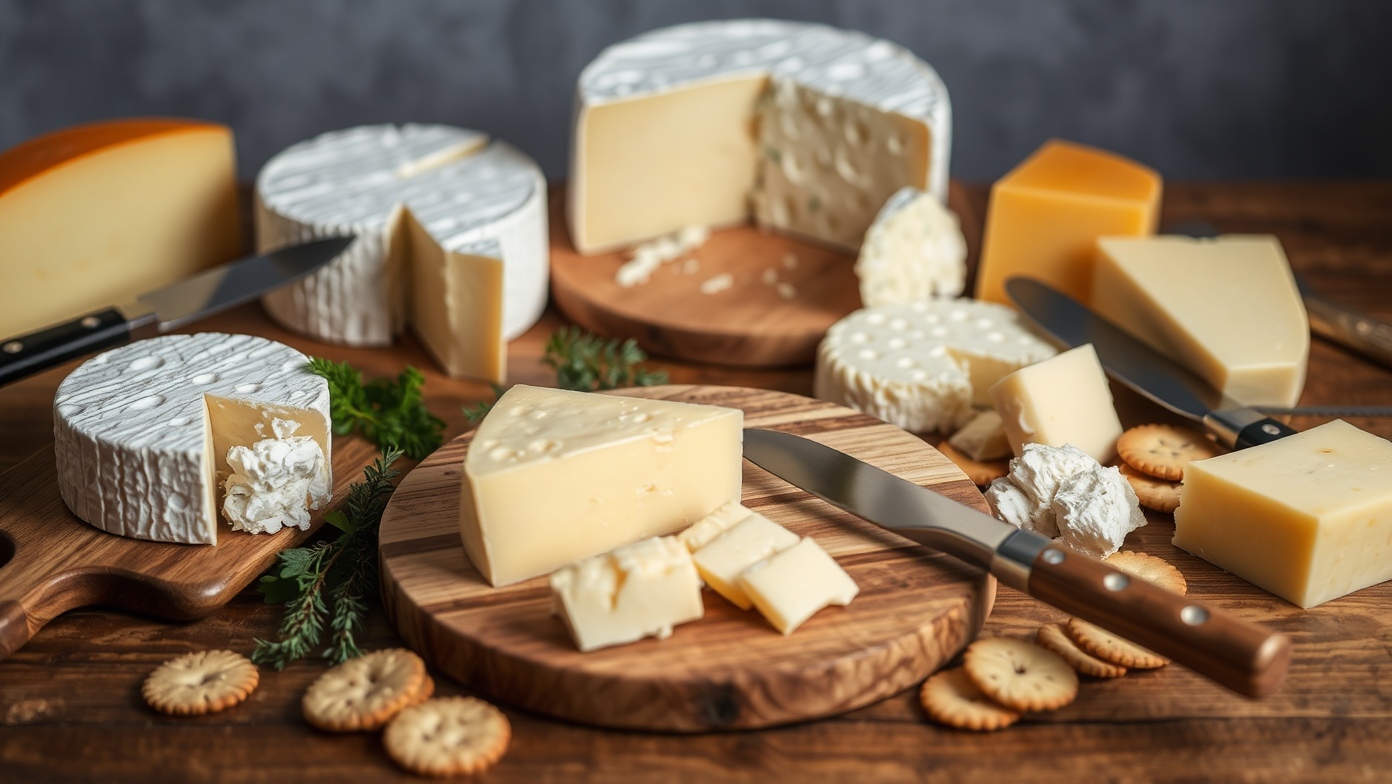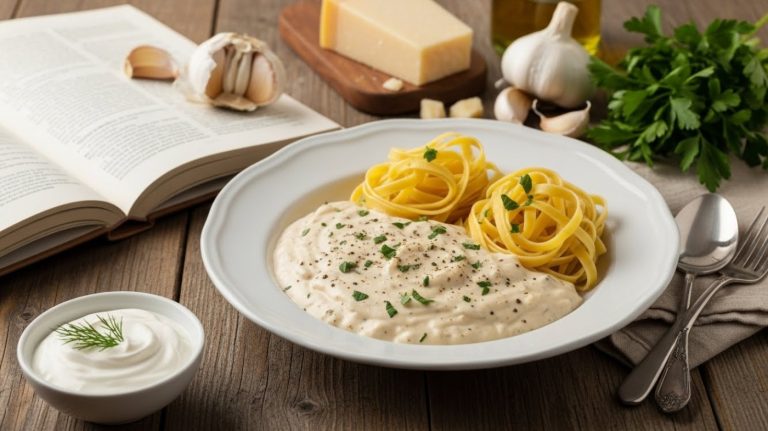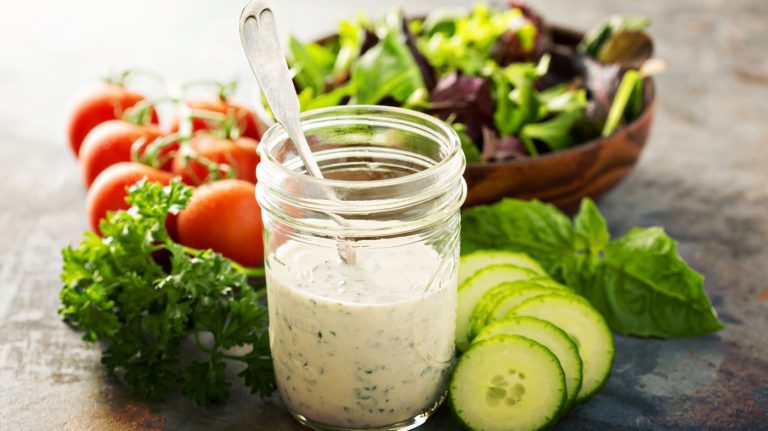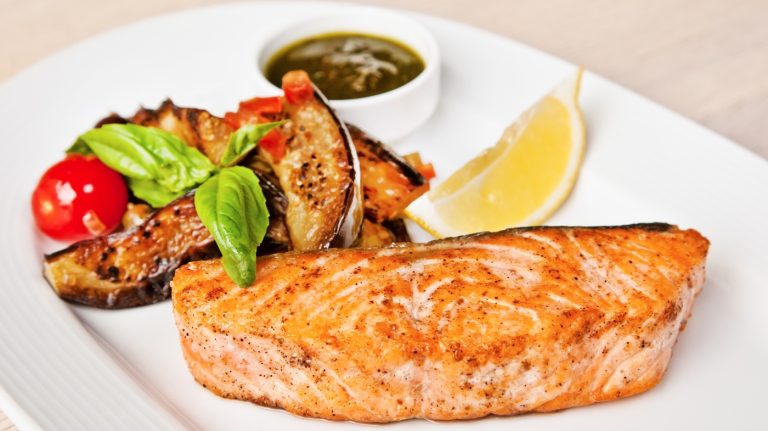How to Cut Cheese: Explore Techniques for the Perfect Slice
To master the art of cutting cheese, you’ll want to choose the right knife and technique for the job. For log-shaped cheeses, use a thin-bladed soft cheese knife or cheese wire to cut uniform rounds.
Pyramid-shaped cheeses are cut into even quarters from top down, then into quarter-inch thick slices through the rind.
Small wheels and hard cheeses, like Green Dirt’s Prairie Tomme, are cut into equal-sized wedges or triangle-shaped slices with a thin-bladed knife or hard cheese knife.
By understanding the nuances of each cheese, you’ll reveal the secrets to a beautifully crafted presentation that showcases their unique flavors and textures.
Key Takeaways
- Choose the right knife for the cheese, such as a soft cheese knife or hard cheese knife.
- Cut cheese into uniform pieces for a visually appealing presentation on a cutting board.
- Consider the structure and composition of the cheese when cutting, such as soft cheese’s delicate interior.
- Use a wire cheese cutter or cheese plane for precision cutting of soft-ripened and hard cheeses.
- Cut cheese into bite-sized pieces or thin slices to showcase texture and flavor on a charcuterie board.
Basic Cheese Cutting Techniques
Mastering the art of cutting cheese requires a deep understanding of the intricate relationships between the type of cheese, its texture, and the technique used to slice it. When cutting, consider the type of cheese: soft cheeses are often cut into wedges or slices, while hard cheeses are cut into thin slices or wedges.
Lay the wedge, log, or block on a stable surface and choose the right knife. Ensure it’s sharp, as this can significantly improve the cutting experience. For instance, maintaining a consistent angle while sharpening is vital for effective edge maintenance.
For a wheel of cheese, cut it in half and then slice, ensuring you include both the center and the rind for a more diverse and enjoyable eating experience.
Cut each piece of cheese into uniform pieces to create a visually appealing presentation and allow for more balanced flavor profiles when served with accompaniments.
Consider the structure and composition of the cheese when cutting, such as the delicate interior of a soft cheese or the dense exterior of a hard cheese. For irregular shapes like pyramids, create slices that follow the natural curve of the cheese.
When done correctly, cutting cheese can elevate the dining experience, making it a sensory delight for the eyes and the palate.
Cutting Different Shapes of Cheese
When approaching the art of cutting cheese, the first thing to take into account is the unique shape of the cheese itself. Different shapes require distinct cutting techniques to showcase their beauty on a cheese board.
Log-shaped cheeses, for instance, are best cut into uniform rounds using a thin-bladed soft cheese knife or cheese wire. This prevents sticking and crumbling, guaranteeing a clean presentation. For ideal results, verify your knife is sharp; knife sharpening can make all the difference in the smoothness and cleanliness of the cut.
Pyramid-shaped cheeses, on the other hand, are cut into even quarters from top down, then into quarter-inch thick slices through the rind. A sharp, thin-bladed cheese knife or skeleton knife is ideal for this task.
Small wheels of cheese are cut like a birthday cake, with equal-sized wedges from center out, using a thin-bladed knife or skeleton knife. When cutting wedges of hard cheese, like Green Dirt’s Prairie Tomme, use a good hard cheese knife to portion into even, triangle-shaped slices with the rind on one end.
Types of Knives for Cutting Cheese
As you explore the world of cutting cheese, selecting the right knife for the task is crucial for revealing the full potential of your cheese board.
The type of knife you choose can make all the difference in how your cheese is presented and enjoyed. When it comes to a cheese shop, it’s not uncommon to see a variety of knives on display, each designed for a specific type of cheese.
For instance, high-quality knives like those from Shun or Henckels can greatly enhance your cheese-cutting experience due to their precision and durability.
As you examine the available options, you’ll notice these common types of knives for cutting cheese:
- Soft cheese knife – ideal for cutting soft-ripened cheeses like brie and feta.
- Hard cheese knife – best suited for cutting firm cheeses like cheddar and parmesan.
- Wire cheese cutter – a versatile tool for cutting a variety of cheeses, including soft-ripened and hard cheeses.
- Cheese plane or slicer – often used for thinly slicing hard cheeses, such as parmesan and gouda.
When you cut cheese, it’s vital to choose a knife that complements the texture and type of cheese you’re working with.
Frequently Asked Questions
How Do You Cut Cheese Easily?
When tackling delicate or firm foods, you’ll want to approach with finesse. To cut cheese easily, choose the right knife, bring it to room temperature, and slice just before serving for a flawless, uniform presentation.
What Is the Etiquette for Cutting Cheese?
When serving cheese, you maintain etiquette by not cutting off the nose, allowing each guest to cut their preferred portion, and cutting in a way that includes both rind and center for maximum flavor.
Do You Cut the Rind off Cheese?
You’re poised at the threshold of a delicious decision, much like a sculptor deciding which marble to chisel. When it comes to cutting the rind off cheese, you don’t always need to – it’s edible, and sometimes even desirable.
Can You Cut Cheese With a Knife?
You can cut cheese with a knife, but it’s vital to choose the right one – a sharp, thin-bladed knife or a non-stick chef knife is ideal, as it prevents sticking and crumbling for a smooth cut.
Elevate Your Cheese-Cutting Skills
Just like a master painter adds final brushstrokes to a canvas, you’ve added the finishing touches to your cheese-cutting skills. Now, you’re ready to create a masterpiece on every charcuterie board.
Remember, practice makes perfect – a French fromager once told me he spent 10 years honing his technique to achieve the perfect wheel of Brie.
With these techniques, you’ll be well on your way to becoming a cheese-cutting virtuoso, crafting beautiful boards that delight the senses.







